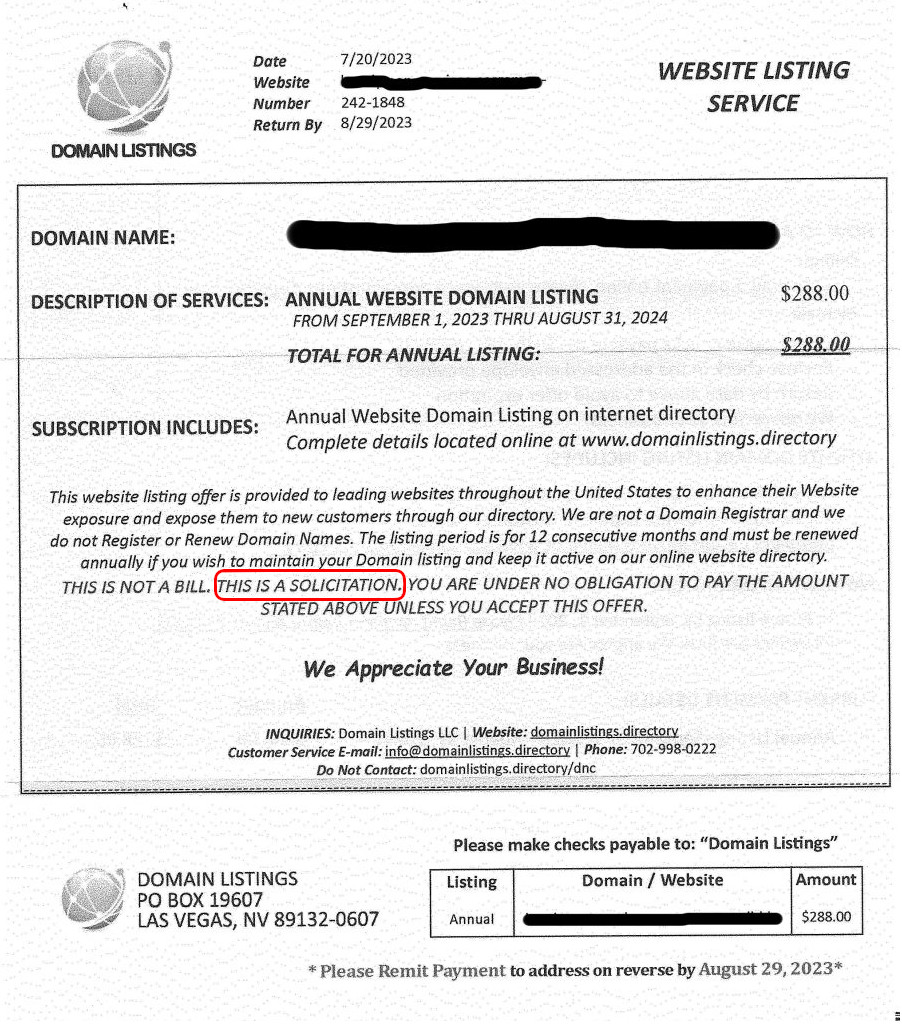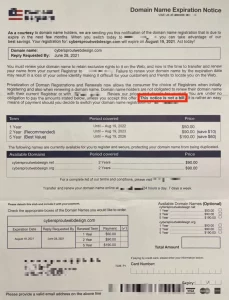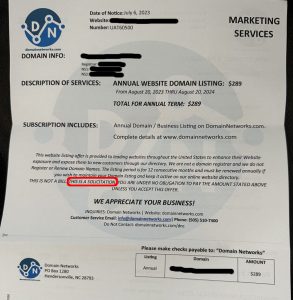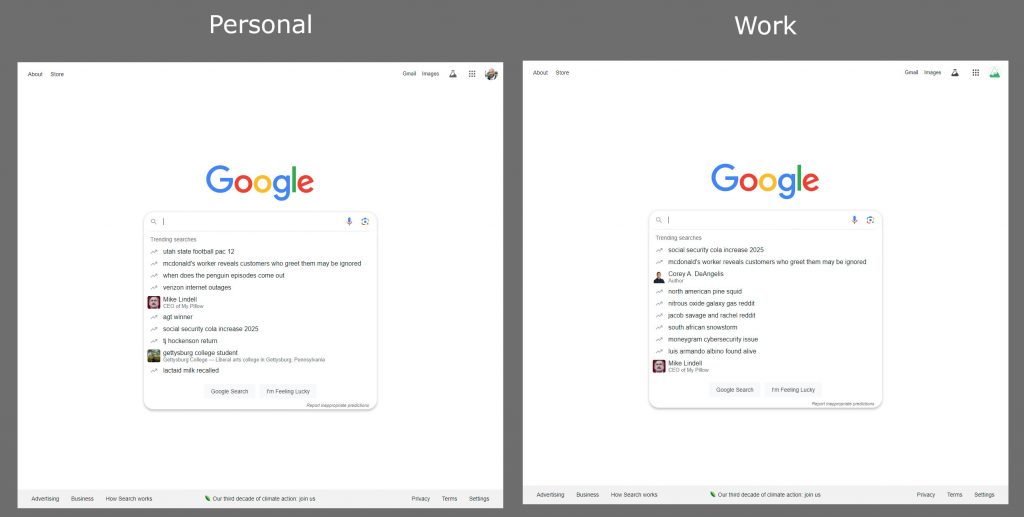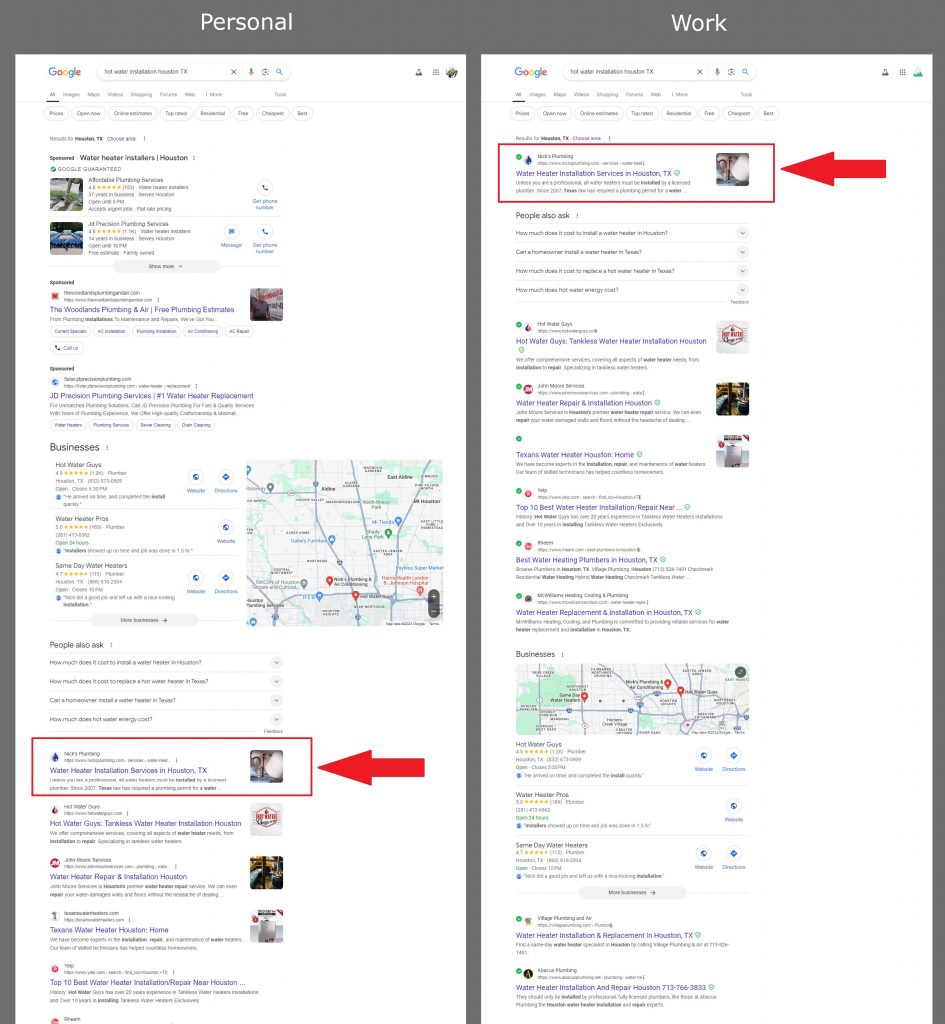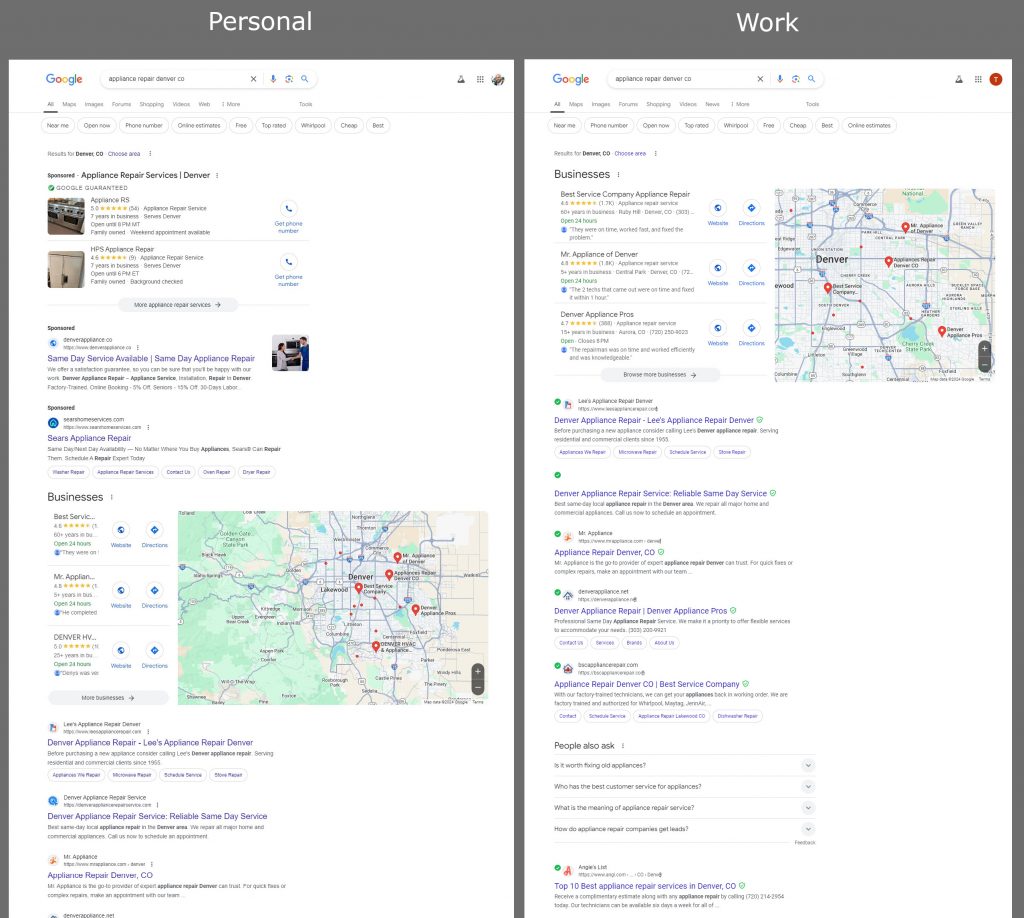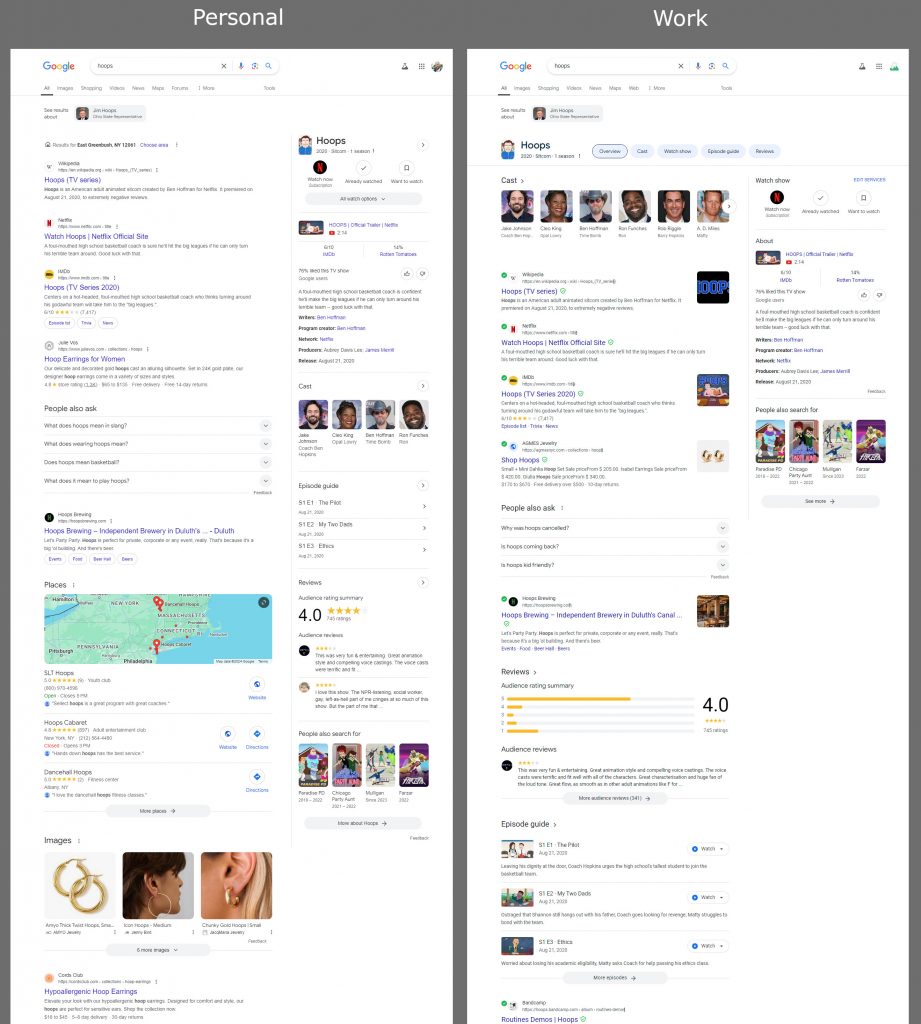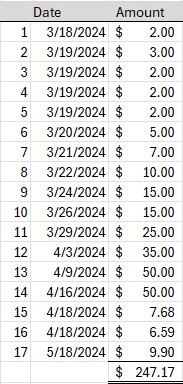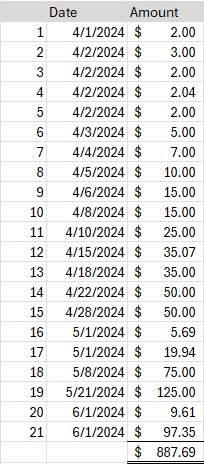This edition of ScamWatch deals with something we’re seeing at an increasing rate. It’s very possible that some of these cases are not so much a scam as they are just opportunistic greed, but either way, it’s something you should be on the lookout for. We’re seeing links to profile pages from pay-per-lead providers like Thumbtack, HomeAdvisor, Angi, or Housecall Pro end up in the “Website” or “Booking” fields of Google Business Profiles (GBPs) and other online directories. This causes visitors to be sent to platforms where every call, click, or email becomes a billable event, instead of free, organic leads.
Let’s break it down and talk about how to protect your hard-earned traffic.
Why It’s Happening
Sometimes, these links appear in your GBP or directories without your knowledge. It could happen for a variety of reasons:
- Automated Systems: It’s possible that an automated integration between your accounts and the lead provider is populating this information.
- Lead Providers Themselves: We’ve seen instances where providers may insert their links without explicit permission.
The result? Customers you’ve worked hard to attract are directed to a lead provider’s page. Instead of contacting you directly, they’re routed through a paid platform that charges you for traffic that YOU generated.
Why It’s a Problem
- You’re Paying Twice for Leads: Imagine spending money on ads or SEO to bring people to your business, only to send them to a paid lead provider. It’s like paying to build a bridge and then getting charged a toll to cross it.
- No Added Value: These links don’t provide any extra functionality you couldn’t offer yourself. Adding a booking form to your own website is simple, effective, and most importantly, FREE.
- Lost Trust: Customers may think the pay-per-lead page is your actual business website, which can be confusing and may reduce credibility.
What to Watch For
Specifically, we’ve recently seen cases where Thumbtack links appear in the “Booking Link” section of GBPs. Our clients have told us they didn’t add these links themselves, nor did they approve them being added on their behalf. This sneaky placement can go unnoticed for months, costing businesses hundreds or even thousands of dollars.
How to Fix It
- Audit Your Online Profiles Regularly: Check your Google Business Profile, Yelp, and other directories to ensure your website and booking links point to your own site.
- Replace Paid Links: If you see a link to a pay-per-lead provider, replace it with a link to your own website or a booking form.
- Add Booking Features to Your Website: Integrate a simple booking form on your site. Many platforms, like WordPress or Squarespace, make this easy with plugins or built-in tools.
- Check for Automated Systems: Investigate whether integrations or APIs from lead providers are automatically updating your profile fields. Disable or adjust these settings as needed.
- Stay Vigilant: Monitor for any unauthorized changes and act quickly to correct them.
Take Back Control of Your Leads
Lead providers have their place, but you definitely shouldn’t pay them for traffic you’re already generating. Plus, by driving traffic that you generated to these paid services, you’re artificially inflating their numbers and making the service look more effective than it actually is. By keeping a close eye on your profiles and ensuring all links point to your own assets, you can save yourself money and ensure your marketing efforts truly pay off.
Don’t let sneaky links drive up your costs—stay in control and keep those leads flowing directly to your business!

